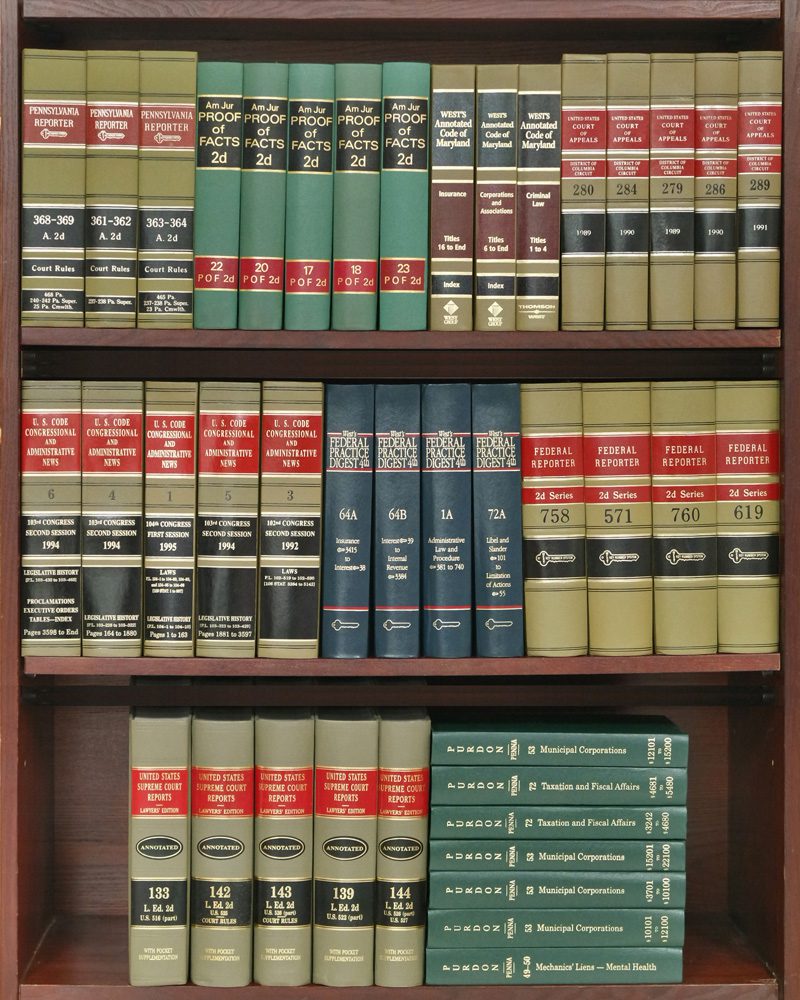Bank of India & Ors. v. Rajendra S/o Parshuram Gainkar & Ors
Bank of India & Ors.
…Appellant
Rajendra S/o Parshuram Gainkar & Ors
…Respondent
Case No: Appeal No. 94/2013
Date of Judgement: 07/09/2023
Judges:
Mr Justice Ashok Menon, Chairperson
For Appellant: Mr. O.A. Das along with Ms Pallavi Chari i/b Mr O.A. Das, Advocate.
For Respondent: Ms Pradnya Bamne,i/b Mr N. N. Amin & Co., Advocate.
Download Court Copy CLICK HERE
Facts:
The appeals (Appeal Nos. 94/2013, 95/2013, 96/2013, and 97/2013) were filed by the Bank of India and others against various respondents, including Rajendra S/o Parshuram Gainkar, Netram Namdeorao Dhobale, Ashrf Husain Mian, and Mahesh S/o Shrikant Joshi. The appeals concerned the right regarding agreements to sell and consequent mortgages created over properties that were later sold to different parties, ignoring the earlier registered agreements to sell and mortgages. The common parties in these appeals were the Bank of India, M/s Suman Amrut Construction (a proprietorship represented by Praful Amrutrao Gajbe), and Kishor Sukhdeorao Barbade (the owner of the land on which the apartment complex “Amrit Madhu Residency” was constructed). Four persons from the same family (Raunaksingh Gurdayalsingh Kande, his wife Sonia Raunaksingh, his sister Sneha Gurdayalsingh, and his brother Yujitsingh Gurdayalsingh Kande) entered into registered agreements to sell with the builder and developer for the purchase of flats numbered SAM 301, SAM 302, GAM 101, and FAM 201, respectively. The prospective buyers mortgaged the flats intended to be purchased with the Bank of India and obtained loans, which were handed over to the builder and developer. The equitable mortgages were created on 22/05/2008 by depositing the agreements to sell. The mortgagors defaulted on the loan repayments, leading to the initiation of measures under the Securitisation & Reconstruction of Financial Assets & Enforcement of Security Interest Act, 2002 (SARFAESI Act) by the Bank of India. The applicants in Securitisation Applications (S.As) Nos. 30, 31, 32, and 34/2012 claimed to be bona fide purchasers of the aforementioned flats from the builder and developer, having purchased them through registered sale deeds executed in their favor in 2009. They claimed to be in actual possession and enjoyment of the flats since 2009. Consequent to public notices in 2012 regarding the flats occupied by them, published by the Bank of India due to the Sarfaesi measures initiated against the borrowers, the applicants approached the Bank and learned about the purported agreements for sale and the mortgages created by the deposit of title deeds by the borrowers. The applicants in S.As Nos. 30 and 31 of 2012 had created mortgages in favor of the Union Bank of India, while the applicant in S.A. No. 32 of 2012 had created a mortgage with the Housing Development Finance Corporation Ltd. Since the Bank of India was unwilling to stall the Sarfaesi measures initiated against the borrowers and guarantors, the applicants filed the aforementioned S.As, challenging the Sarfaesi measures under the SARFAESI Act.
Court’s Elaborate Opinions:
The Learned Presiding Officer concluded that apart from the agreements to sell the flats upon completion, no sale deeds were executed in favor of the borrowers. Hence, none of the borrowers had any right, title, interest, or possession over the flats. On the other hand, the applicants in the S.As had obtained possession of the properties in 2009 through the registration of sale deeds in their favor and were in exclusive enjoyment of the flats until the filing of the S.As. The Presiding Officer held that unless there was a concluded sale in favor of the borrowers, they did not have exclusive rights, title, and interest over the flats to create a valid mortgage. Consequently, all the S.As were allowed, and the Sarfaesi measures initiated by the Bank of India were quashed. The Presiding Officer found no reason to interfere with the impugned judgments and orders, as the borrowers did not get possession of the flats within the stipulated time, did not pay any tax for the building, and did not execute or register the sale deeds in accordance with the agreements. The agreements indicated that the flats remained with the seller until the sale deed was executed and possession was delivered, and no action for specific performance of the contract was sought by the borrowers. The Presiding Officer observed that the collusion between the borrowers and the builders/developers could not be ruled out, as the borrowers were all members of the same family, and the agreements seemed to be executed with the specific intention of availing the loan. Since the applicants had been in exclusive possession and enjoyment of the properties ever since the sale deeds were executed in their favor, the Presiding Officer upheld the impugned judgments and orders and dismissed the appeals.
Arguments by All Parties:
Appellants’ Arguments:
The appellants argued that Section 48 of the Transfer of Property Act embodies the rule of priority, which states that if a person purports to create rights over the same immovable property at different times, the later transfer shall be subject to the previously created rights. They contended that the borrowers, as prior transferees, would get priority the moment the agreements of sale were registered, and this right of priority is a direct consequence of Section 47 of the Registration Act and Section 48 of the Transfer of Property Act. The appellants relied on the decision in S. Arunchalam Asari (died) & Ors vs. Sivan Perumal Asari & Ano. 1969 MLJ 530 to argue that the fact that a subsequent transferee is a bona fide transferee is not grounds for postponing the rights of a prior transferee. They argued that the Maharashtra Ownership Flats (Regulation of the Promotion of Construction, Sale, Management and Transfer) Act, 1963, read with the Bombay Stamp Act, 1958, makes it mandatory for agreements to sell to be registered and full stamp duty to be paid based on the market value. The appellants relied on the decisions in State of Maharashtra & Ors vs. Mahavir Lalchand Rathod & Ano. 1992 (2) Bom.C.R.1 and Veena Hasmukh Jain & Ano. vs. State of Maharashtra & Ors. (1999) 5 SCC 725 to argue that when there is an agreement to sell a flat, there is a deemed conveyance under the Bombay Stamp Act, requiring stamp duty to be paid. They contended that the agreements to sell were registered, and full stamp duty was paid by the borrowers, which would be tantamount to a deemed conveyance in their favor and could not be upset by a subsequent registered sale deed in favor of a third party.
Respondents’ Arguments (Union Bank of India):
The respondent (Union Bank of India) argued that the sale never concluded in favor of the borrowers, as the borrowers had entered into an agreement with the builder and developer much before the commencement of the construction, and the agreement clearly stated that the sale deed would be executed and registered after full and final settlement of accounts upon receipt of the bank loan or within one month of the agreement, whichever was earlier. They contended that possession of the property was agreed to be delivered only at the time of executing the sale deed, and the agreement specified that time was the essence of the contract. The respondent argued that the borrowers had agreed to pay corporation taxes or any other government/semi-government dues concerning the apartments, and failure to fulfill their obligation to pay the balance amount and get the sale deed registered and possession delivered would render the agreement invalid. They asserted that the borrowers had no right, title, or interest over the flats, and consequently, the appellants would also not have any right as mortgagees over the flats.
Cases Cited:
S. Arunchalam Asari (died) & Ors vs. Sivan Perumal Asari & Ano. 1969 MLJ 530
State of Maharashtra & Ors vs. Mahavir Lalchand Rathod & Ano. 1992 (2) Bom.C.R.1
Veena Hasmukh Jain & Ano. vs. State of Maharashtra & Ors. (1999) 5 SCC 725
Sections and Laws Referred:
Section 48 of the Transfer of Property Act
Section 47 of the Registration Act
Maharashtra Ownership Flats (Regulation of the Promotion of Construction, Sale, Management and Transfer) Act, 1963
Bombay Stamp Act, 1958
Securitisation & Reconstruction of Financial Assets & Enforcement of Security Interest Act, 2002 (SARFAESI Act)
Recovery of Debts Due to Banks and Financial Institutions Act, 1993 (RDDB & FI Act)
Explanation I to Article 25 of Schedule I to the Bombay Stamp Act










